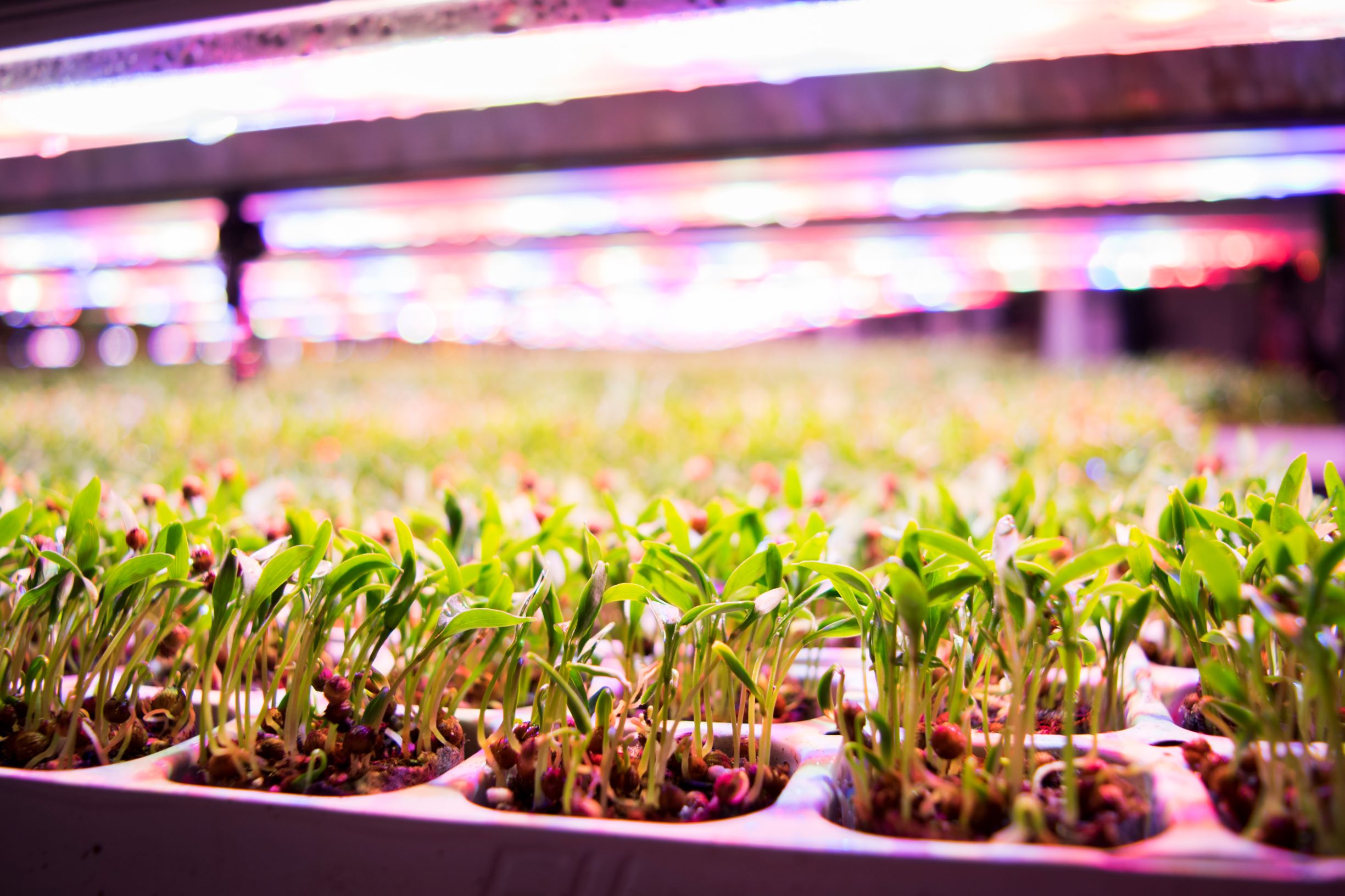Effect of LED photoperiod on yield and quality of horticultural crops
Continuous light without dark periods favours the reduction of plant nitrate and the accumulation of carbohydrates. Pre-harvest Short-term Continuous Lighting (PSCL): This is a method of applying a continuous period of light (i.e. a light period without a dark period) to vegetables close to harvest to reduce their nitrate content. The duration of this continuous lighting is short in relation to the whole growth cycle of the plant and can be 2-5 d depending on the plant. In contrast to the 48h continuous light of R/B, LED red light significantly increased the β-carotene content and antioxidant activity of pea seedlings under continuous light conditions, with specific high nutritional and health-promoting effects.

Previous research has shown that in artificial light cultivation, lettuce grows fastest and has the lowest nitrate content under a red to blue light ratio near 8. However, all previous studies have been carried out under alternating day and night light, and artificial light is used throughout the plant's growth cycle, with the best R/B reflecting the combined effect of long-term growth.
Under short-term continuous artificial light, the optimal R/B may vary in order to reduce nitrate content and increase nutrient content in hydroponic lettuce. The effect of light quality on the nitrate and nutrient content of hydroponic lettuce under continuous artificial light will be investigated to derive the optimal R/B for short-term continuous light regulation of nitrate content in hydroponic lettuce.
During the pre-culture period, a 10h light period/14h dark period of alternating day and night light was used, with fluorescent lamps used as a continuous light source. Maintain a photon irradiance of (150+10) umol/㎡. at lettuce plant height by adjusting lamp density and height.
Photon illumination is measured using a fibre optic spectrometer, while the temperature inside the plant factory is set at 21℃/15℃(light period/dark period). A continuous light trial in a hydroponic system using LEDs as an artificial light source, with the temperature inside the plant set at 21°C during the trial. Deep fluid flow (DFT) hydroponics was used during the pre-culture and continuous light trials, with computer-controlled interval circulation and a consistent composition of nutrient solutions used at different times.
The experiment was carried out with four different R/B LED lighting groups, each with six lettuce plants. The LED light source used in the experiment consisted of a red LED with a wave peak of 630 nm and a blue LED of 460 mm.